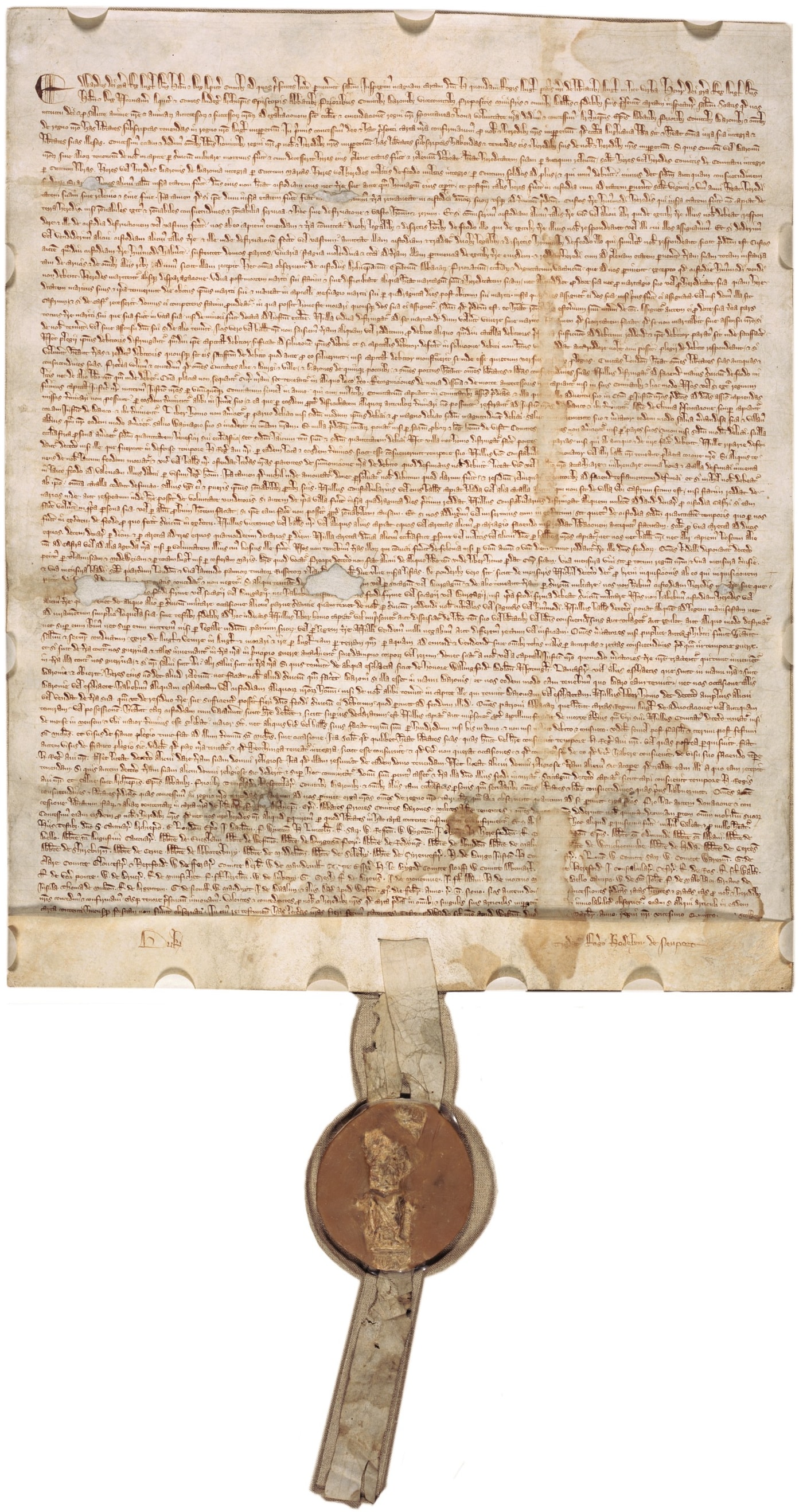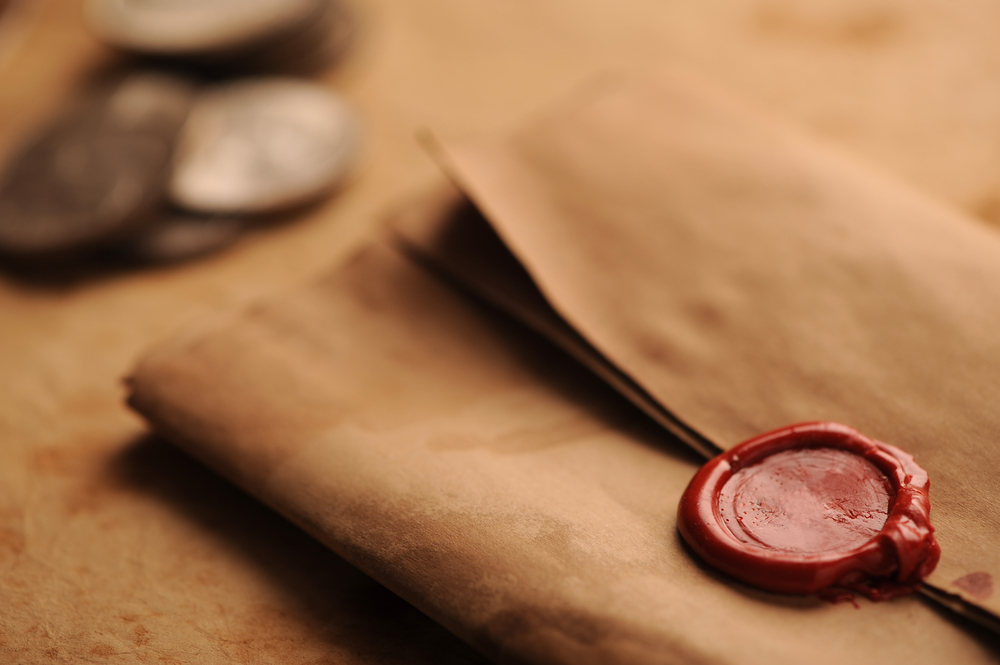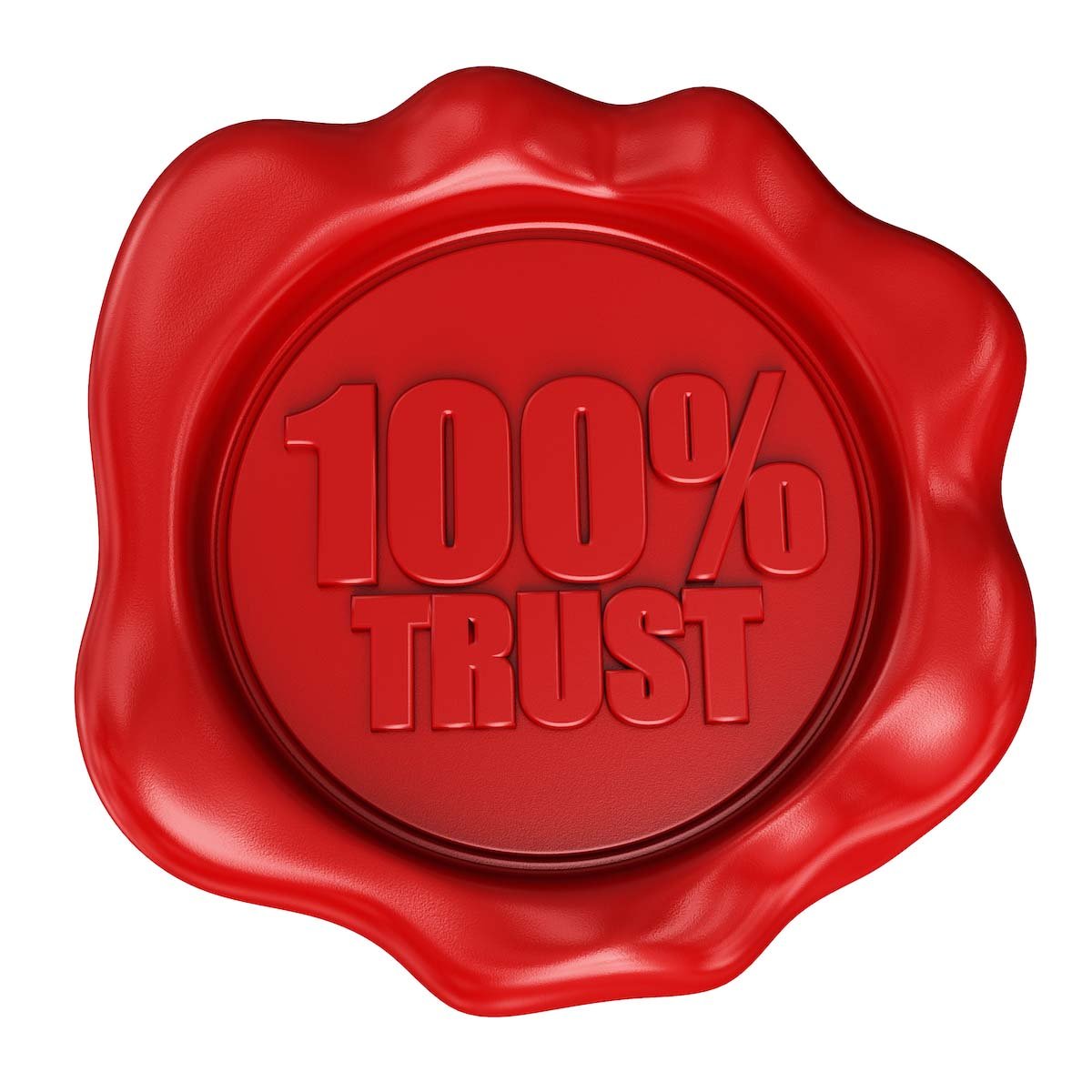Free Download: 72 Trust Badges to Increase E-Commerce Conversions
"Trust badges" are symbols or seals added to your website to visually communicate to visitors that...

Signed, sealed and delivered.
Seal of approval.
Sealed their fate.
Seal the deal.
Sealed with a kiss.
My lips are sealed.
These popular idioms derive from a common origin: the design stamped on wax known as a “seal” in English usage beginning in the Middle Ages.When you consider the wax seal today, you may think of decorative attachments to wedding invitations or special gifts. But the wax seal has borne far greater responsibility over the course of its fascinating 1,000+-year history.
Wax seals have lessons to teach about trust, the importance of its tangible symbols, and their enduring role in business and in life.
In fact, there is direct throughline from the sealed writs of Medieval kings to the “trust seals” that began appearing on ecommerce websites in the late 1990s—and that are a pervasive online presence today.
King John’s Lasting Contribution to Trust
In the thousand-year history of the British monarchy there is only one King John, who ruled from 1199 to 1216. His name was damned for future kings mostly because of his domineering mother and the posthumous accounts of his reign, written by his enemies, that portrayed him as weak.
But one contribution of King John has endured—the impression of his seal in beeswax to affirm one of the most important documents in Western history, the Magna Carta.

In the Middle Ages, wax seals came into common use among royals, bishops, and government officials to authenticate official documents. By the latter part of the 13th century, all levels of European society—from patricians to peasants—were using seals, both for business purposes and personal messages.
The earliest wax seals were uncolored. Later the wax was colored red with vermilion, particularly for formal or business correspondence.
Over time, wax seals came to forge powerful associations with many aspects of trust, including privacy, security, legitimacy, endorsement and status.
Let's take a look at each of these five trust signals delivered by the wax seal:
 Fast Forward to Trust Seals
Fast Forward to Trust Seals
Fast forward to the present day and you’ll find the more things change, the more they stay the same. In the internet age, “trust seals”—a direct descendent of the wax seal in etymology as well as meaning— have come to fill a key role in establishing trust in online commerce.
The first trust seals for ecommerce (also known as “trust badges” or “trustmarks”) were referenced in an academic article published in the March 2000 edition of the Journal of Computer-Mediated Communications titled “The Role of Intermediaries in the Development of Trust on the WWW: The Use and Prominence of Trusted Third Parties and Privacy Statements.”
The article reads:
Developing trust between suppliers and consumers is critical for the continued growth of Internet commerce. This article presents an empirical investigation into how firms promote trust by exploring the use and prominence of Trusted Third Parties (TTPs) and privacy statements … By using TTPs and privacy statements, Internet retailers can help assuage some of consumers' concerns about the Internet.
The TTPs were represented by seals from organizations such as the Better Business Bureau and TRUSTe, which reassured consumers at a time when many were skeptical of submitting their credit card information and other personal details online.
The use and variety of trust seals on the web have expanded dramatically over the past two decades. In addition to Better Business Bureau seal, we have dozens of other providers across multiple categories of trust, including all of those traditionally represented by wax seals. These include TrustedSite, TrustLock, TrustPulse, TrustArc and others.
Trust Seals Today
A trust seal is any emblem, badge, symbol or icon intended to quickly establish trust with prospective customers and other audiences online. It's a shorthand way to communicate credibility to those who visit your website or come across your brand on social media.
For ecommerce businesses, research shows that trust seals can cut cart abandonment in half. And such badges aren't just for online merchants these days; any brand can benefit from the instant social proof that trust seals can provide.

Trust seals come in two primary categories:
Let’s take a closer look at examples of each type:
Transaction Trust Seals
In ecommerce, transaction-oriented trust seals are most visible during the checkout process, but many sites today use them on their homepage, product pages and About Us pages as well.
These seals include:
People trust what other people say about you more than what you say about yourself. Endorsement trust seals are a powerful visual shortcut to quickly convey brand credibility and authority.

These seals include:
Privacy, security, legitimacy, endorsement and status. From the Middle Ages to today, trust seals quickly convey these dimensions of trust to your target audiences.

Scott is founder and CEO of Idea Grove, one of the most forward-looking public relations agencies in the United States. Idea Grove focuses on helping technology companies reach media and buyers, with clients ranging from venture-backed startups to Fortune 100 companies.

"Trust badges" are symbols or seals added to your website to visually communicate to visitors that...

"Trust seals" is another term for trust badges. If you search for "trust seals" on Google, you'll...
Leave a Comment